| ELECTROHYPE / UTSNITT | ELECTROHYPE / SEGMENT |
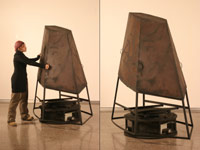 | 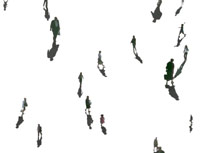 |
| Norman T. White, CA Norman T. White was born in Texas in 1938 and received his B.A. in biology from Harvard College, where he also studied painting. In 1966, he changed his artistic medium of choice from oil paints to digital electronics, and presented his first major electronic work in 1969. | Tania Ruiz Gutiérrez, CL Tania Ruiz Gutiérrez was born in Chile (1973) and grew up in Bogotá, Colombia, where she completed her studies in film and television. She now lives in Paris where she is about to finish her doctoral thesis at the Paris Pantheon-Sorbonne University. |
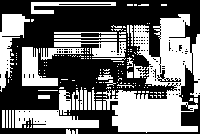 | 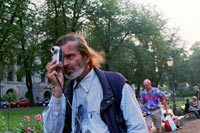 |
| Richard Bolam, UK Richard Bolam, born in 1964, is British and particularly interested in generative artworks that involve repetition and variation and works with a range of media. | Mika Taanila, FI Mika Taanila was born in Helsinki in 1965, where he lives and works. He is an artist working fluently in the fields of documentary filmmaking and visual arts. |
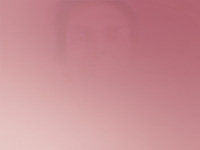 | 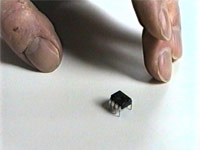 |
| Trine Eidsmo, NO Trine E Eidsmo was born in Norway in 1971. She studied Nordic languages, arts, and computer information technology. Currently ‘home’ is at TEKS – Trondheim Electronical Arts Centre in Norway. | Alan Currall, UK Alan Currall was born in Stoke-on-Trent, Staffordshire in 1964 and grew up in Staffordshire and Ayrshire. He lives and works in Glasgow. |
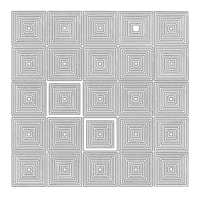 | 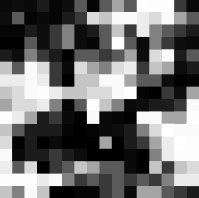 |
| Vera Molnar, FR Vera Molnar was born in Budapest Hungary in 1924. From 1946 she focused on abstract geometrical-systematic art. In 1947 Vera Molnar received a scholarship and moved to France were she have lived and worked in Paris and Normandie since then. From 1985 –1990 she was a professor at the Sorbonne University in Paris. | Peter Palvén, SE Peter Palvén, born in 1973, has a background in computer engineering. His strong interest in music and art made him start post-graduate studies, and in 2004 he received a Master of Science in Art & Technology at Chalmers University of Technology/Innovative Design. |
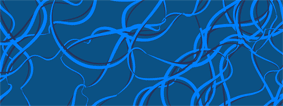 | |
| Marius Watz, NO Marius Watz was born in Oslo in 1973. He is an autodidact artist and designer working with generative strategies for creating visual form. His work is marked by playful organic shapes and a signature style of visual hedonism. |
|
| digitala pionjärer | |
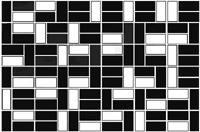 | 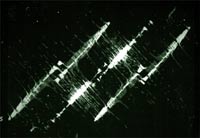 |
| Lars-Gunnar Bodin Seriella struktur,1960 | Göran Sundqvist Fossil, ca 1970 |
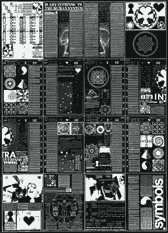 | 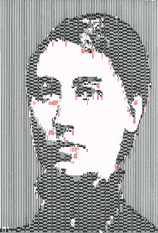 |
| Sture Johannesson Electrohype | Ann-Charlotte Johannesson Victoria Benediktsson, 1983 |
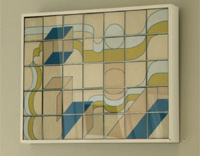 | 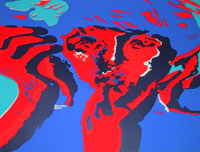 |
| Beck & Jung Felixsnurran, 1967-68 | Sveninge de Monér Paul Mc Cartney ur Beatlessviten 1968 |
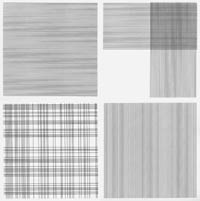 | |
| Torsten Ridell Linje permutationer, seriegrafie 1979 | |